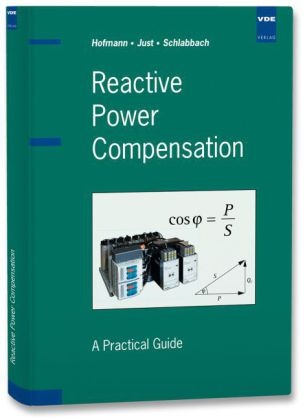Read more
This unique guide discusses the effects of reactive power on generation, transmission and distribution, and looks at the compensation of existing installations in detail. It outlines methods for determination of reactive power and answers the questions that arise when controlling it, for example, at parallel operation with generators. There is also a chapter focussed on installation, maintenance and disturbances. Key features include:
- A concise overview as well as deep specific knowledge on the segment power factor regulation and power quality
- Theory of reactive power compensation coupled with typical examples of applications from the automotive, metal working and chemicals industry
- Chapter summaries with charts explaining how to put the theory into practice
- Coverage on the cost-saving aspects of this technology, including the efficient use of energy and the reduction of CO2
About the author
Prof. Dr.-Ing. Jürgen Schlabbach, Jahrgang 1952, Mitglied VDI und IEEE, studierte Elektrische Energietechnik an der zur damaligen Zeit noch Technische Hochschule genannten TU Darmstadt, wo er 1982 promoviert wurde. Anschließend war er bei einem großen deutschen Ingenieurunternehmen mit der Planung elektrischer Netze des In- und Auslandes betraut. Seit 1992 leitet er an der Fachhochschule Bielefeld das Lehrgebiet "Elektrische und regenerative Energieerzeugung und -verteilung". Hauptarbeitsgebiete sind Planung elektrischer Netze, Analyse von Störungen und deren Behebung, Bewertung von Netzrückwirkungen und Auslegung von Abhilfemaßnahmen sowie Nutzung "regenerativer Energietechniken".

